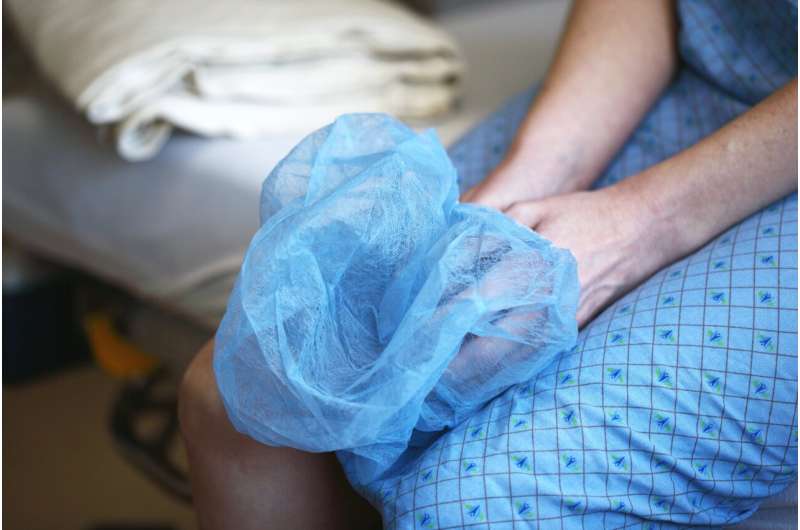New Brain Imaging Research Unveils Synaptic Processes Behind Learning

Understanding how our brains acquire new skills and knowledge has long fascinated neuroscientists. Recent groundbreaking research from the University of California San Diego has shed light on the intricate synaptic mechanisms that underpin learning processes in the brain. Using advanced two-photon imaging technology, scientists have observed the activity of individual synapses—those tiny connections between neurons—as mice engaged in learning tasks.
The study reveals that neurons do not adhere to a single set of rules during learning. Instead, each neuron appears to follow multiple, distinct rules for modifying synapses, depending on their location within the neuron. This challenges previous assumptions of uniformity in synaptic plasticity and indicates a more complex and heterogeneous process.
This research was conducted by William J. Wright, Nathan Hedrick, and Takaki Komiyama, and their findings are published in the journal Science. The team’s innovative imaging techniques allowed them to monitor real-time changes in synapses, revealing that certain synapses strengthen while others weaken as learning occurs. These modifications are driven by molecular processes that vary across different parts of the neuron.
The discovery of multiple, context-dependent rules for synaptic plasticity enhances our understanding of the neural coding of learning and memory. It also offers promising insights into treating neurological disorders where these processes go awry, such as autism, Alzheimer’s disease, and PTSD.
Furthermore, the findings have broad implications for artificial intelligence research. By mimicking the brain’s ability to apply multiple learning rules simultaneously, future AI systems could become more efficient and adaptable. This research opens new pathways to understand how local synaptic changes contribute to complex behaviors and cognitive functions.
In summary, this study uncovers the heterogeneous nature of synaptic plasticity during learning and provides a more nuanced view of how brains encode new information. Ongoing research aims to explore how neurons utilize multiple rules concurrently, which could revolutionize our approaches in neuroscience and AI development.
Source: https://medicalxpress.com/news/2025-04-brain-imaging-reveals-synaptic-mechanisms.html
Stay Updated with Mia's Feed
Get the latest health & wellness insights delivered straight to your inbox.
Related Articles
Hidden Surgical Risks: The Impact of Alcohol Withdrawal Syndrome on Postoperative Outcomes
Recent studies reveal that alcohol withdrawal syndrome significantly impacts surgical outcomes, increasing risks, hospital stays, and costs. Early detection is vital for improved patient recovery.
New Study Reveals Circadian Rhythms Specifically Regulate Bone Resorption
A new study reveals that circadian rhythms specifically regulate bone resorption, providing insights into how our internal clock influences bone health and potential implications for osteoporosis prevention.
Cargo Ship Workers Face Fatigue, Anxiety, and Limited Medical Access: New Reports Reveal Harsh Conditions at Sea
New reports reveal cargo ship workers suffer from increased fatigue, anxiety, and inadequate medical care, highlighting the need for maritime industry reforms to improve seafarers' health and safety.
Genetic Mutation Linked to Severe Paralysis After Mild Infections in Children
Research has uncovered a genetic mutation in the RCC1 gene that causes severe nerve damage and paralysis in children following mild infections, offering new hope for diagnosis and treatment.



